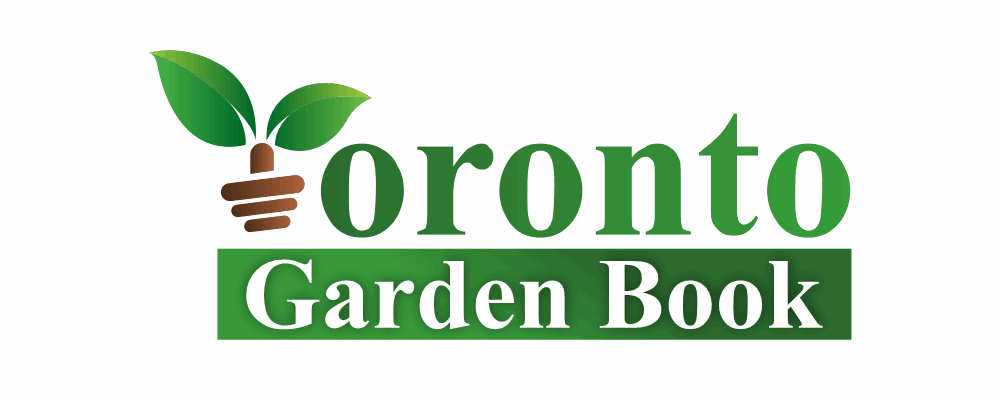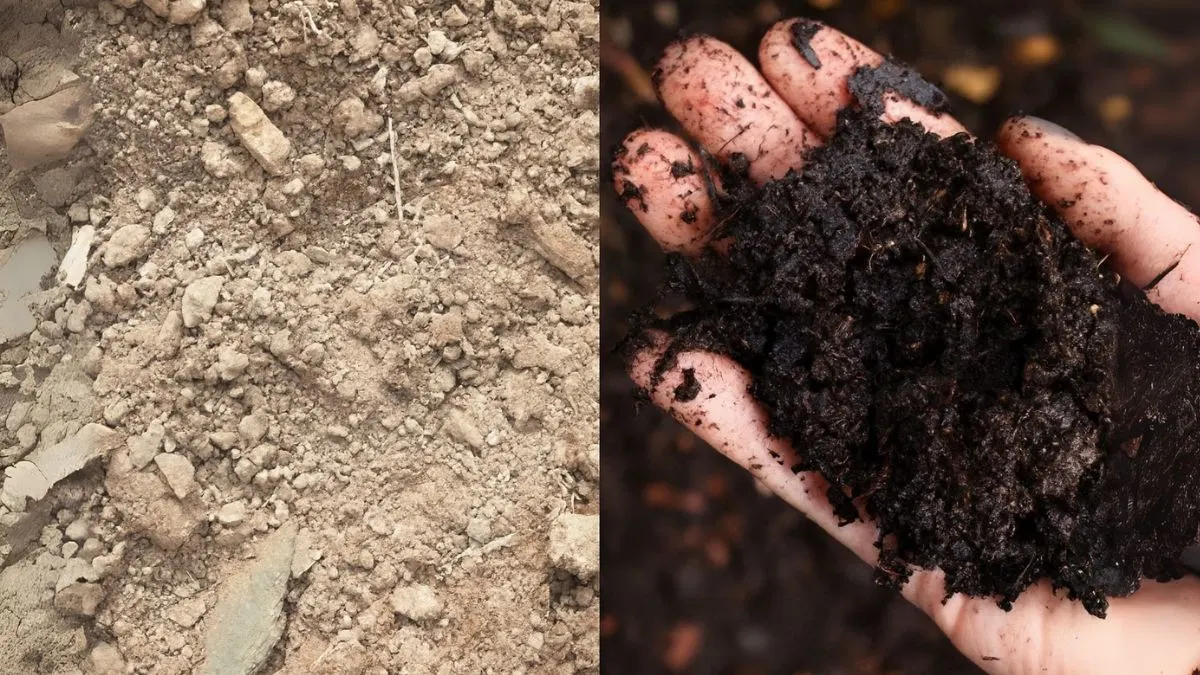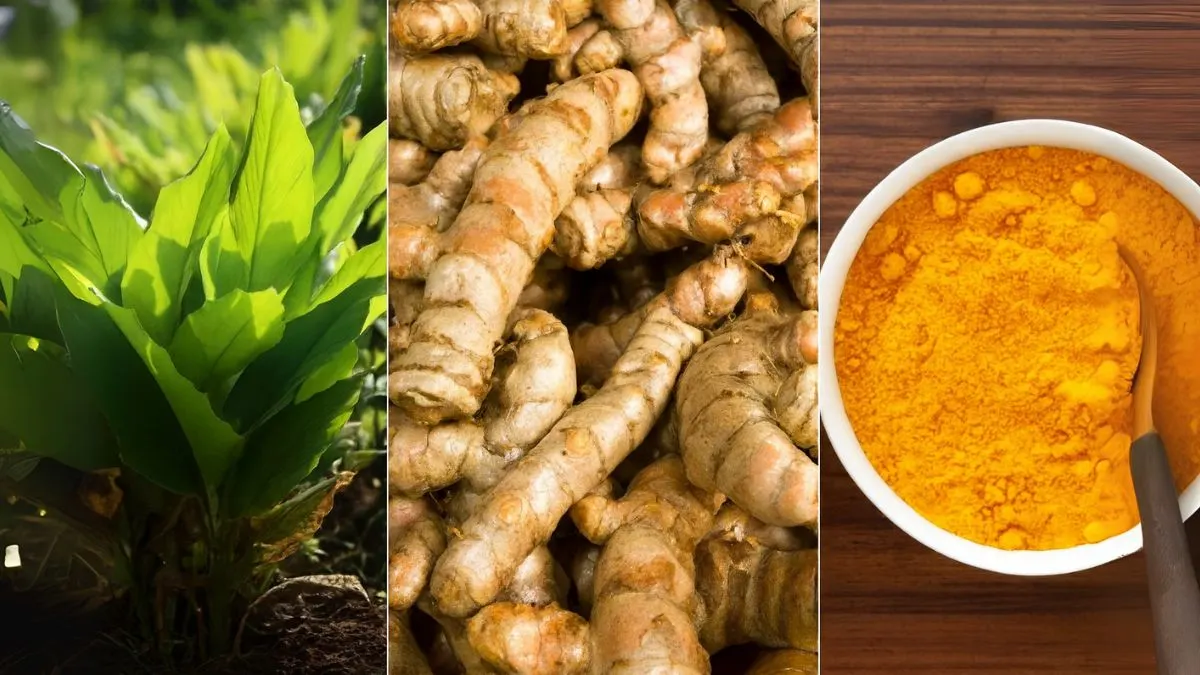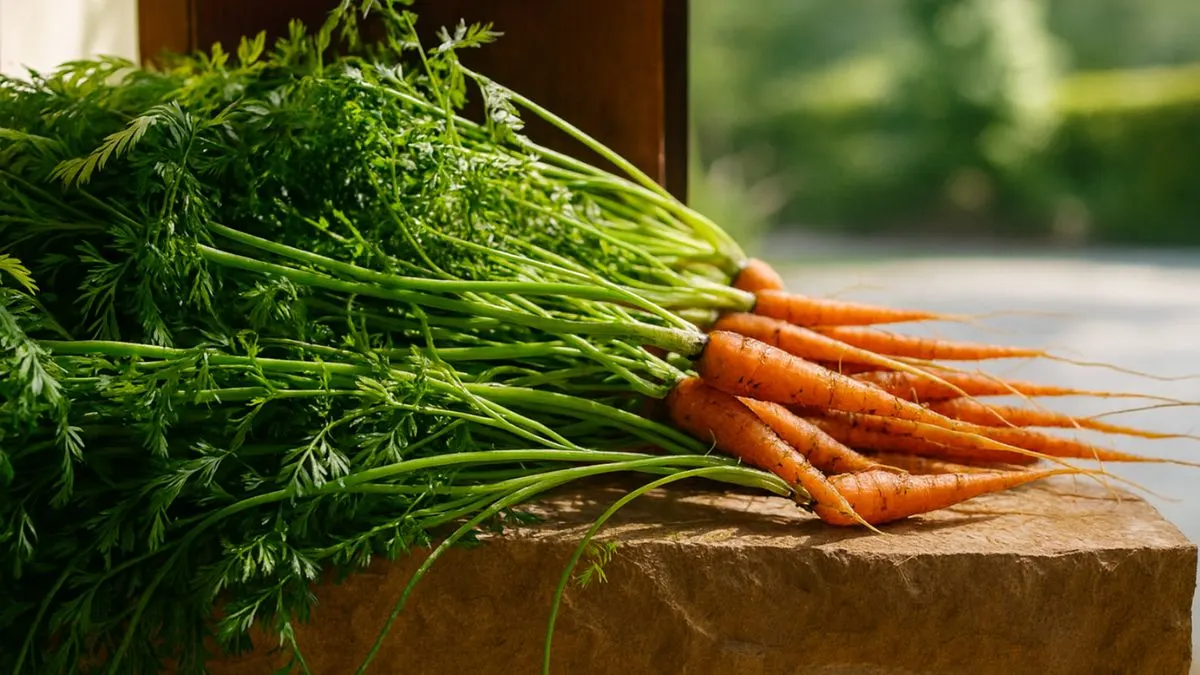Bill Gates is no stranger to innovation. After decades of revolutionising the tech industry, he’s now shifting his focus to something far more grounded—literally.
Through strategic investments in U.S. farmland, Gates has quietly become one of the largest private farmland owners in America. But this move isn’t just about land. It’s a long-term bet on sustainable agriculture, food security, and the future of farming.
Let’s unpack how this transition from servers to soil holds key lessons for the world—and why it couldn’t be more urgent.
Earth Overshoot Day: A Wake-Up Call
Earth Overshoot Day 2025 is here—and we’ve already exhausted the planet’s renewable resources for the year.
That means everything we use beyond this point—water, crops, fossil fuels—is borrowed from the future.
This is exactly why the shift toward sustainable agriculture is no longer a choice—it’s a necessity.
Why Is Bill Gates Investing in Farmland?
Bill Gates isn’t just buying land—he’s investing in the future of food. Here’s why:
- Farmland is a finite asset. With global food demand rising, arable land is becoming more valuable.
- Agriculture is at the center of climate change. From water use to emissions, farming practices need to evolve.
- Food security is the new tech frontier. Just like he transformed computing, Gates aims to reimagine how we grow and distribute food.
His farmland investments—spread across states like Washington, Illinois, and Louisiana—are tied to innovative farming, renewable energy, and climate-smart practices.
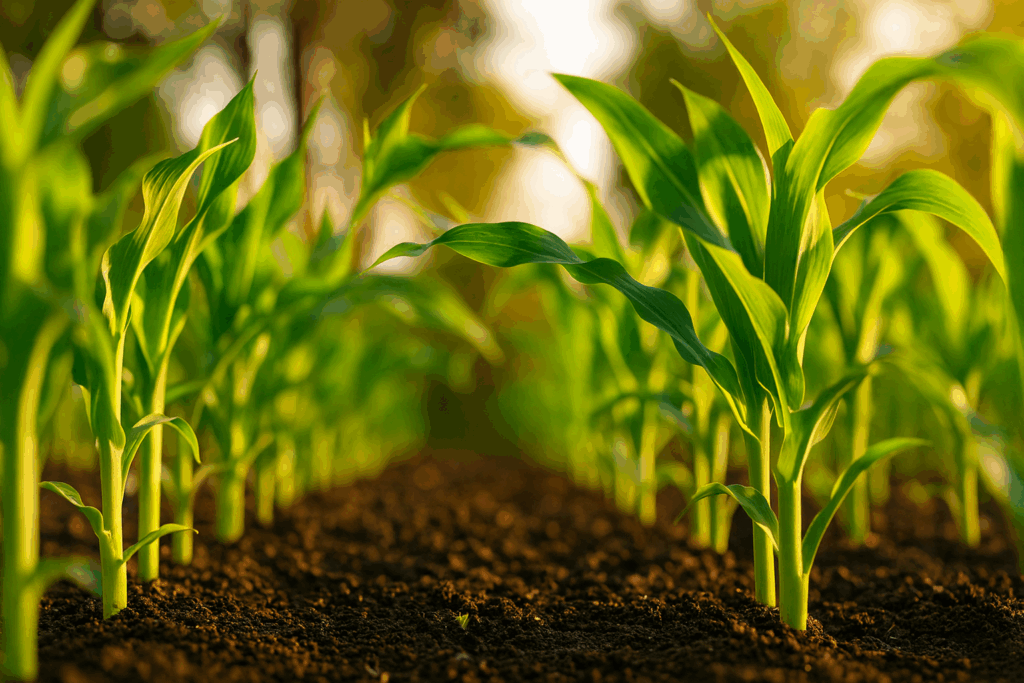
Sustainable Agriculture: The Future We Need
The next agricultural revolution won’t be led by plows—it’ll be driven by data, drones, and decarbonization.
Key Pillars of a Sustainable Farming Future:
1. Innovative Farming
From vertical farming to precision agriculture, new-age tools help reduce waste, conserve resources, and increase yield without harming the environment.
2. Renewable Energy in Agriculture
Solar panels on barns. Wind-powered irrigation. Renewable energy in agriculture is already reducing dependency on fossil fuels and lowering carbon footprints.
3. Conservation & Biodiversity
Protecting natural habitats and using regenerative farming methods helps maintain soil health, preserve pollinators, and reduce synthetic chemical use.
Sustainability isn’t just about avoiding harm—it’s about building a system that thrives for generations.
Also Read: From Wipro to the Cowshed: How Deepak Raj Tushir Is Transforming Rural India
Are We Doing Enough?
Bill Gates’ shift from tech tycoon to farmland visionary should make all of us pause.
If someone who led the digital revolution now believes that climate-resilient food systems are the future, maybe we need to ask:
- Are we supporting local, sustainable farms?
- Are our food choices eco-conscious?
- Are we funding innovations that protect the planet?
Because every small step—whether composting, reducing food waste, or growing your own herbs—adds up.
Every End Sparks a New Beginning
As the saying goes,
“Every end marks a new beginning”.
Bill Gates’ farmland vision is not just about investment. It’s a powerful statement:
That the solution to future crises lies not just in satellites or software—but in the soil beneath our feet.
Let’s make this a new chapter—one that blends sustainability with innovation, and technology with tradition.
Explore more stories on regenerative farming, climate-resilient agriculture, and green innovation at TorontoGardenBook.com
